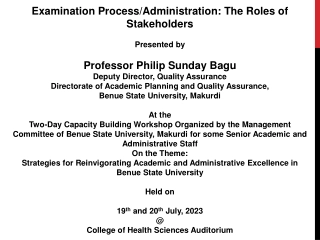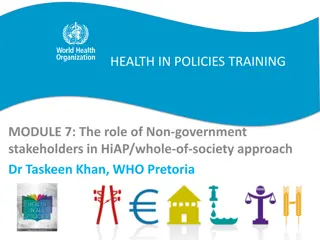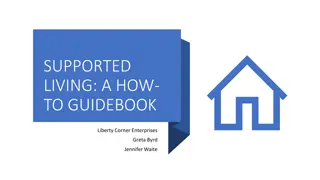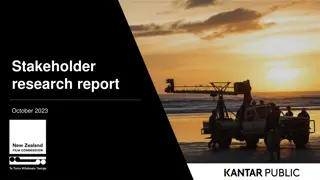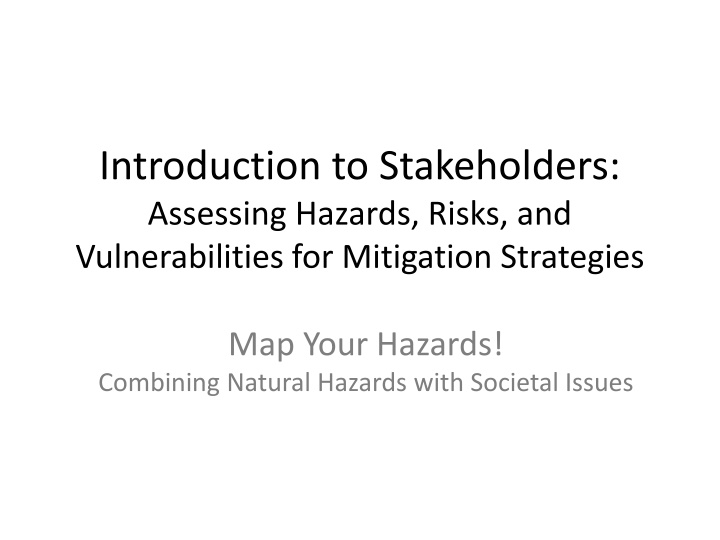
Stakeholders in Hazard Mitigation Strategies
Explore the significance of identifying stakeholders in assessing hazards and risks for mitigation strategies. Learn why stakeholders' comprehension of hazards, risks, and vulnerabilities is crucial for effective mitigation. Discover examples of human activities exacerbating hazards and the importance of tailored mitigation strategies for different stakeholders.
Download Presentation

Please find below an Image/Link to download the presentation.
The content on the website is provided AS IS for your information and personal use only. It may not be sold, licensed, or shared on other websites without obtaining consent from the author. If you encounter any issues during the download, it is possible that the publisher has removed the file from their server.
You are allowed to download the files provided on this website for personal or commercial use, subject to the condition that they are used lawfully. All files are the property of their respective owners.
The content on the website is provided AS IS for your information and personal use only. It may not be sold, licensed, or shared on other websites without obtaining consent from the author.
E N D
Presentation Transcript
Introduction to Stakeholders: Assessing Hazards, Risks, and Vulnerabilities for Mitigation Strategies Map Your Hazards! Combining Natural Hazards with Societal Issues
What is a stakeholder? For natural hazards or disasters, a stakeholder is: Any person, organization or group who can become affected by a particular hazard or disaster event Who are your local stakeholders?
Examples of local stakeholders Emergency responders Emergency managers City planners Insurance companies Religious groups Businesses Domestic shelters School districts Preschools Individual households Why is it important to identify your stakeholders? College students Retirement communities Neighborhood groups Farmers and ranchers Utility companies Construction companies Transportation services Social service agency (Red Cross, resource allocation)
Importance of identifying your stakeholders Information and types of purposed mitigation should be targeted to the specific stakeholder addressed Enhances receptivity and ability to take actions toward becoming more resilient For mitigation strategies, why is it important for stakeholders to understand hazards, risks, and vulnerabilities?
Importance of demonstrating hazards, risks, and vulnerabilities for mitigation strategies Often, hazards are exacerbated by human activity Urban concentration and sprawl Weathering or instability of infrastructures (e.g. corrosion of metals, earthquake resilient buildings) Land use (e.g. fertilizers, location of buildings) Quality of water supply What other examples of human activity and hazard interactions can you think of?
Compare information and mitigation strategies that would be important for . . . Elementary School Students Utility companies Elementary school students Substation in Canada
Each group gets a stakeholder Frame results and suggested mitigation for your assigned stakeholder Keep in mind that these stakeholders may be present for your presentations!

